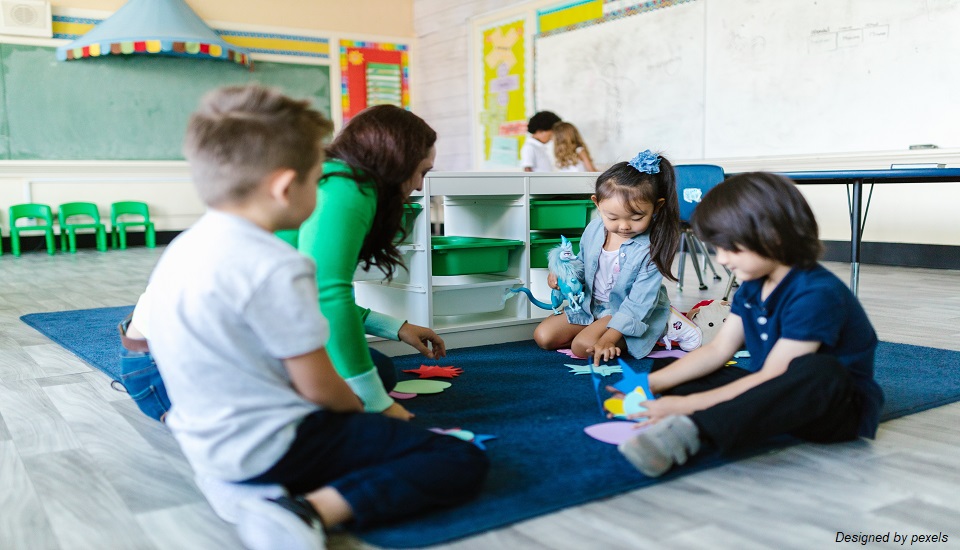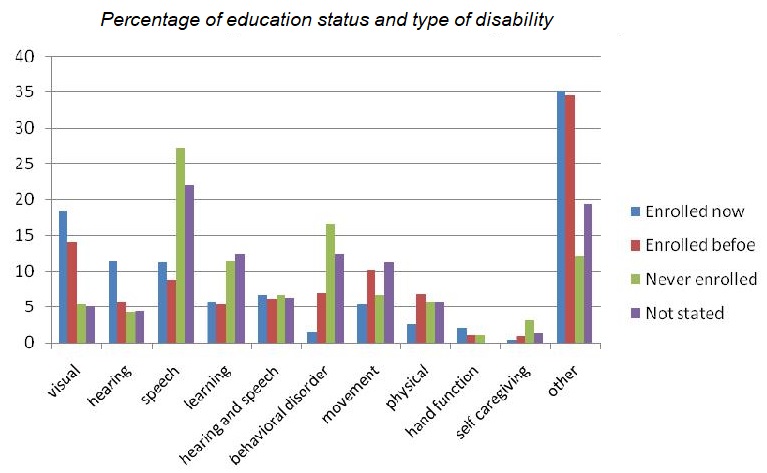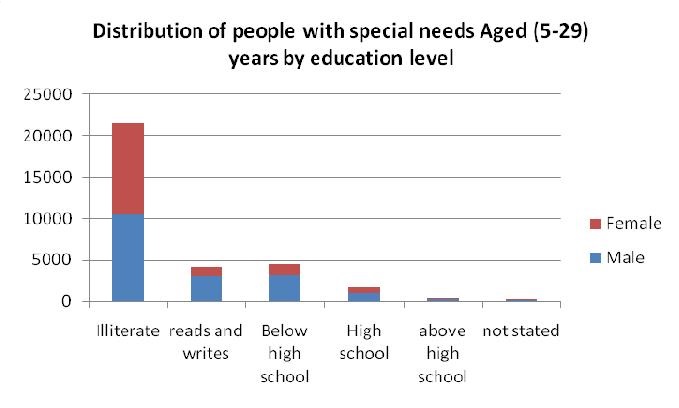
As a teacher, you encounter several students with numerous unique personalities. Thus, to make everyone feel included and respected it is essential to develop an inclusive classroom where every student is prioritized regardless of their special needs.
Disability labels can often be stigmatizing and perpetuate false stereotypes that disabled students are not as capable as the rest of the classroom. Thus, is appropriate to refer to a disability only when it is pertinent to the situation. To learn more about special needs and how to deal with them, keep reading!
What Are The Different Types Of Special Needs?

Special needs can be relapsing, remitting, temporary or long-term. Some of the common types of disabilities are:
Students might have various special needs that are less apparent. Conditions like chronic disorders are only disclosed when a particular situation arises. Thus, such hidden disorders are often hard to decipher and the children also might not feel like disclosing them on their own. Therefore, you should not assume that a student is "healthy" just because they look fine.
6 Instructional Strategies To Boost Literacy Development
Here are some of the strategies that can be personalized and customized depending on the student's profile and situation.
Students with multiple special needs often require curriculum adaptations to address their unique learning needs. Thus, create a curriculum that develops their overall cognitive skills. Include activities that require hands-on experience, ignites their sensory sphere, or demand active participation such as exploring the concept of hot-cold, heavy-light, etc.
It's already clear that students with multiple special needs require special attention. Hence, you should focus on developing a recognized means of communication. This medium should be constantly reinforced both within the classroom and at home. Thus, figure out their preferred communication choices and then incorporate those methods into literary activities.
When you are trying to interact with students with multiple special needs you need to use familiar vocabulary. Make sure that your thoughts are presented in a clear manner and are consistent. To support learning use the same words used at home in the classroom as well. For example, tummy, belly, shoes, sneakers, etc. the difference might seem small but this will gradually develop their formal language skills.

Use real adaptations and objects and try to make them accessible to each and every student. This will enable them to have exposure to a wide variety of resources. Moreover, try to make books and other literary materials available at home as well. These may include Braille books, storybooks, picture books, tactile symbols real objects, etc.
Avoid these in a classroom as they are not meaningful to students who are visually impaired or have additional special needs. Thus, try to keep things as real as possible so that they don't get confused when they see objects in real life. You can also use sensory rooms or sensory spaces to make them aware of various objects around them.
The Final Takeaway
Try to break free from the mundane and monotonous ways of teaching while dealing with students with multiple special needs. This is because it is essential to provide them with a wide range of experiences while staying consistent with the materials, structure, and vocabulary to boost their learning. If you are unable to develop innovative teaching techniques then consider pursuing International Diploma in Inclusive Teaching and Special Educational Needs to develop the necessary skillsets.
Leave a comment!
Get In Touch
UK – Registered OfficeAsian College Of Teachers Ltd (UK)
27, Old Gloucester Street, London – WC1N 3AX, UK
UK Toll Free: 0-808-189-1203
www.asiancollegeofteachers.co.uk
All SEN Courses are designed, developed and created by Asian College of Teachers Ltd, United Kingdom. These courses are certified by CPD Certification Service UK and endorsed by NCC Education, UK, and Short Courses from CACHE, UK through Laser Learning UK.
Asian College of Teachers (ACT) undertakes a continuous review of its teacher training courses to ensure imparting high quality education. However, there might be circumstances outside of ACT’s control which might affect its stakeholders like if you are planning to teach in a different country, applying for a teaching license, pursuing higher studies or trying to get the certificate approved by the Ministry of Education (MoE) of a particular country then you can do so with the certificate issued by Asian College of Teachers (ACT). However, each country’s Ministry of Education (MoE) or educational bodies set certain standards that are indispensable for the pursuit of higher studies or teaching in schools in that country. So it can be a possibility that you may be able to use the certificate for higher studies or teaching purposes in one country and not in another. Therefore, we strongly recommend that you investigate thoroughly and check with the relevant authorities regarding the acceptance of the certificate issued by us before you enrol on a particular course. ACT strives to offer high-quality education and its certificates can be valuable for various purposes internationally, but still it is crucial for individuals to verify the specific recognition of the certificate in the country they intend to use it, especially for formal education or professional licensing purposes. This approach ensures that the stakeholders make informed decisions regarding their educational and career paths.
© 2025 Asian College of Teachers. All Rights Reserved. Asian College Of Teachers is a trading brand of TTA Training Pvt. Ltd (India) - CIN U80902WB2016PTC215839, Asia Teachers Training Co., Ltd (Thailand) - Registration No. 0105558193360, Asian College Of Teachers Ltd (UK) - Company Number 9939942 & Asian College Of Teachers LLC, (USA) - Federal Tax Identification Number 30-1261596
Designed by kreativewebtech